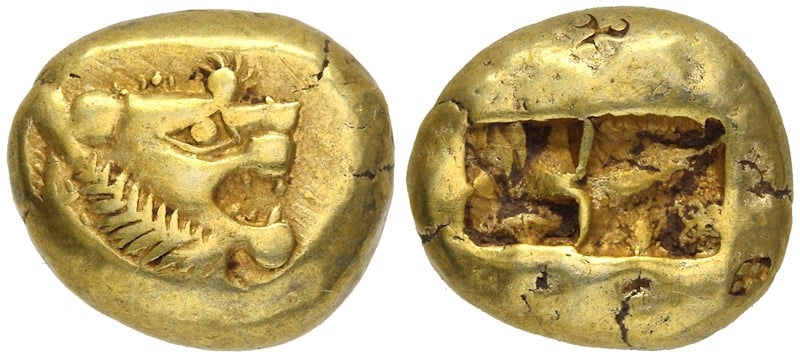A Leap from Barter to Currency 💰 The invention of the Coin 🪙
Stories about Money 💰 Interdependence in human society
GEOGRAPHY STORIES HISTORY STORIES
10/14/20243 min read


Remember the story of barter Bartering, or exchanging goods directly, was once the only way people traded. If someone had extra tools 🛠️ and needed boat🚤 , they might swap their tools with the one who had boat . However, there was often a problem. What if the boat owner didn’t need a tools, but something else instead ? Barter could get complicated when people didn’t want or need what the other person had to offer.As societies grew larger and more complex, people realized they needed something easier to trade—something that everyone would accept. And this is where my fun story begins..
Thousands of years ago, there was no such thing as money 🏦. Imagine trying to get a loaf of bread 🍞 by trading a chicken 🐔! This was called bartering. It worked, but it wasn’t always easy. What if the baker didn’t need a chicken ? Maybe he wanted wool 🧶 instead? Trading became complicated. People needed something that everyone could agree was valuable 💡.
That’s where I, the coin 💰, come in! ( show a coin ) Well people did't just woke up one day with the briliant idea "Hey let's invent some money", this invention happened over time and with the helpp of many people who shared their ideas.
The first “money” people used were seashells 🐚, salt 🧂, and beads 📿. These items had value because they were rare or hard to get. But carrying around bags of salt wasn’t practical. Soon, people began to use metals 🪙 like gold and silver because they were long-lasting and could be divided into smaller pieces and carried around.
One of the first places to make coins was in the ancient kingdom of Lydia, located in what is now western Turkey. 🇹🇷 around 7th century BCE. The clever people here figured out something amazing: they took precious metals like gold and silver 🪙, stamped pictures on me, and voilà! I became the first official currency. My shiny surface wasn’t just for looks—those stamped images 🏺 told everyone how much I was worth, making trading much easier and more trustworthy! ( show the image of the first coing .)
Pretty soon, other places heard about me, and coins began to spread like wildfire. In ancient India, coins had beautiful symbols of the sun, moon, trees, and animals, reflecting nature and spirituality 🌞🌜🌲. Over in Greece, coins showed an owl 🦉, a symbol of the wise goddess Athena, along with an olive branch 🌿, a sign of peace and prosperity. Now that’s what I call a golden age!
With me in hand, travelers on the Silk Road suddenly had a much easier time. Instead of lugging around heavy bags of salt 🧂, grain, or even animals 🐄 to trade, they could just slip a few of us shiny coins into their pouches 🪙—easy peasy!Oh, and here’s a fun fact for you: the coin purse was actually invented long before I even came into existence! But that is a story for another day!
Now, you might notice that coins look different than they used to. They’re much flatter, some even have holes in them, and others are shiny yellow, almost like gold. I’m evolving with the world 🌍, and who knows how I’ll continue to change in the future!
Next time you hold a coin, think about what metal it's made from, and take a closer look at what’s stamped on it. If you could invent your own coin, what would you stamp on it? 🌟 Or why not start collecting coins from different countries and build your very own precious collection? 🪙🌍💰
Money might seem like a simple tool we use every day, but its history is rich with adventure, problem-solving, and growth. I hope that through these stories, you’ll not only learn something new but also find inspiration to explore more about how human ingenuity has shaped our world.
With Montessori joy,
Vanina 😊

